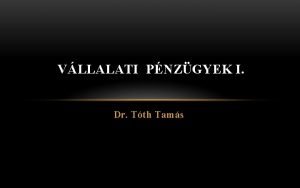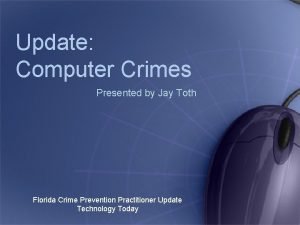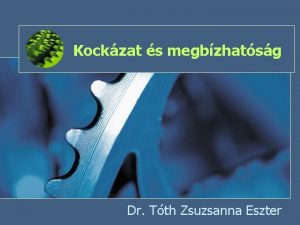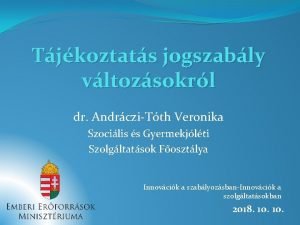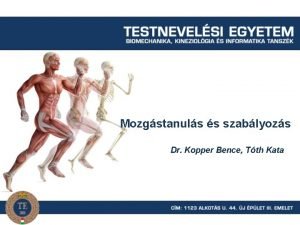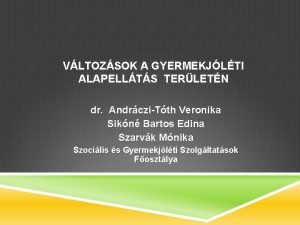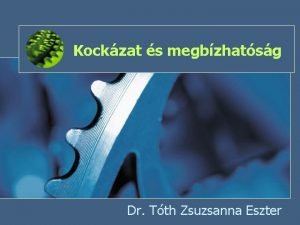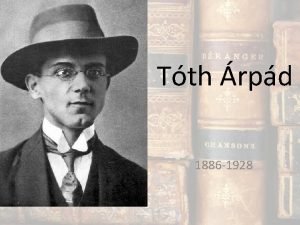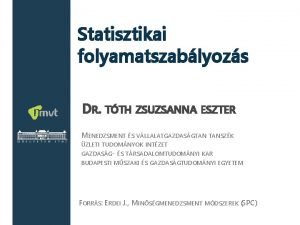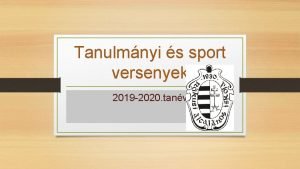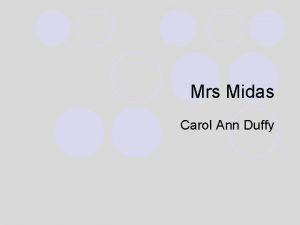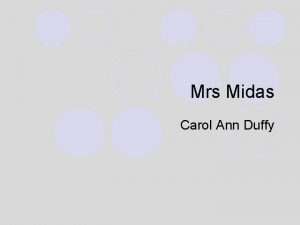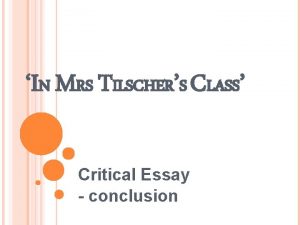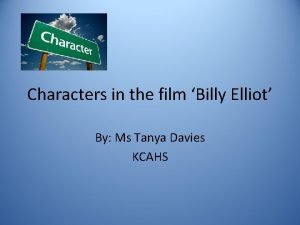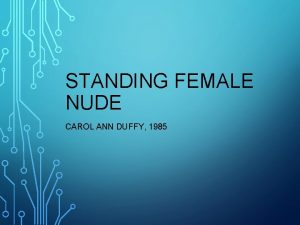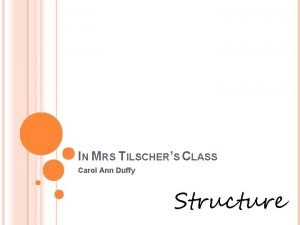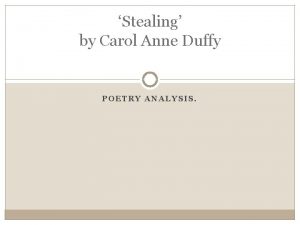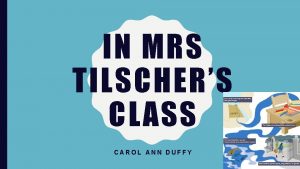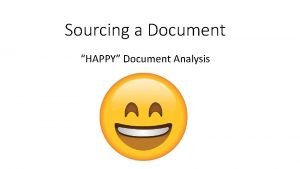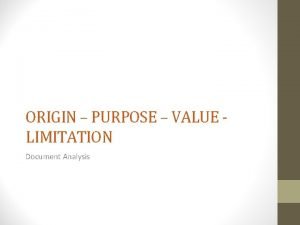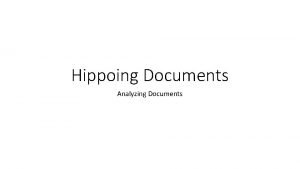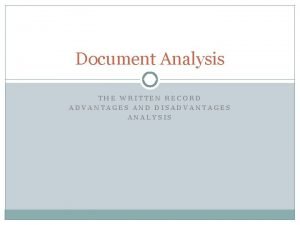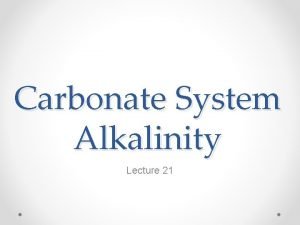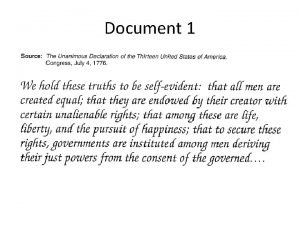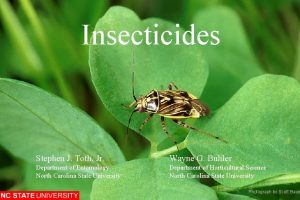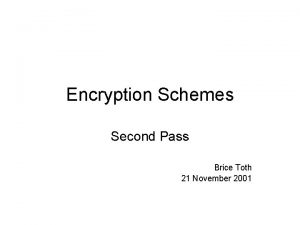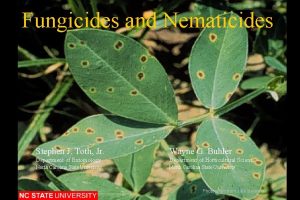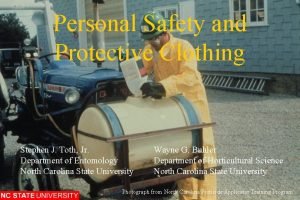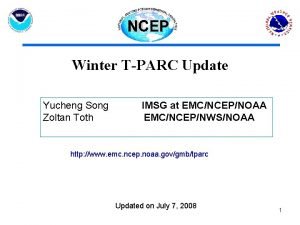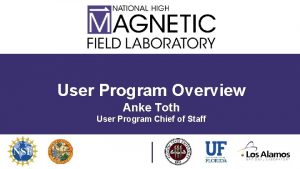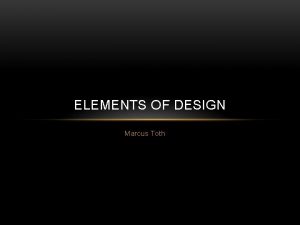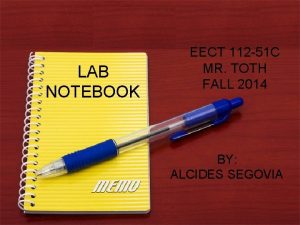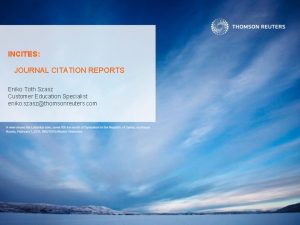Document Analysis Mrs Toth 1 What is document
































- Slides: 32

Document Analysis Mrs. Toth 1

What is document examination? Definition: - the analysis of documents for authenticity - Examines paper type, ink, machine used, or person who wrote the document 2

Common Document Analysis Questions • Signature genuine, “helped” or forged? • Machine document typed on? • Document forged and • Document created all at by who? one time or prepared sequentially? • Document altered at a later date? 3

Services Provided By a Document Laboratory • Authenticates and compares handwriting • Analysis of indented writings, obliterations, and alterations • Provides court testimony • Ink and paper analysis Did you know the 1 st document examiners were photographers? • Reconstruction of charred or burned paper 4

Analysis Service Example Looking for “match” evidence; notice that this photo shows a stamp perforation match 5

Education • No formal college-based education programs on D. E. in the U. S. - must pass tests and exercises - apprentice, journeyman, professional - as a professional, must be certified by the American Society of Questioned Document Examiners http: //www. asqde. org/ 6

Albert S. Osborn • Made document examination admissible evidence in court 7

Learning to Write • Handwriting involves fine motor skills • Develops based on grip of writing utensil, pressure, and dexterity of muscles • Muscles/nerves of the shoulder, arm, hand, and fingers affect the appearance of handwriting 8

Learning to Write cont… • Most public schools teach Palmer or the Zaner-Blosser method (imitating the letter style) • However, no two people write exactly alike Palmer Method 9

Writing Analysis • Experts study the variations in writing samples • Individual characteristics in handwriting are key to identification • Changes over time with emotion, physique, depression 10

Writing Analysis Cont… • Documents whose authenticity is in doubt are called questioned documents • A known specimen written by an identified person is called the “standard” or exemplar • Exemplars are used to compare with questioned documents 11

Writing Analysis cont… • What is a document? • Anything that contains linguistic or numerical markings that are put there by handwriting, typewriting, copying, or computer printing Ex. A wall with writing on it could be considered a document; place cards, mirrors 12

Writing Analysis Cont… • Comparing exemplars with questioned documents can be timely and a lot of effort (uncooperative participants) • Gilbert v. California - supreme court upheld taking of exemplars • United States v. Mara - samples do not violate Fourth Amendment protection against unreasonable search and seizure 13

Writing Analysis Cont… • The exemplar # should be many so that one sees the wide range of natural variation in a suspect’s writing • Natural variation - normal deviations found between repeated specimens of an individual’s handwriting or any printing device 14

Writing Analysis cont… • Signatures can be difficult to authenticate • Can contain characteristics not normally present in handwriting 15

Types of Signatures Formal Informal -signature to an official document -signature used in routine correspondence Ex. Will Ex. Personal letters Abbreviated or Stylistic -signature used to sign checks, credit card receipts Ex. Physicians signature (messy) 16

How authentic? • NEVER attach a percent of certainty of authenticity Ex. 95% sure • Instead say “With reasonable scientific certainty” • Why? No required minimum # of characters to reach a conclusion of authenticity; broad guidelines 17

Four Primary Factors for Analysis 1. 2. 3. 4. Form - refers to elements that comprise writing; slant, angles, lines, curves, connections Line quality - the type of writing instrument used and the pressure exerted along with the flow and continuity of the script Arrangement - spacing, alignment, formatting, and distinctive punctuation Content - spelling, phrasing, punctuation, and grammar 18

Requested vs. Nonrequested Samples • Samples taken from someone for purpose of comparison • Obtained through dictation • Ideal because examiner has control over paper, ink, and content • Time disadvantage • Samples taken as a normal part of business • Ex. Checks, bills, diaries, deeds • Problem: authenticity? ? • Must prove suspect wrote these Ex. Witness saw suspect 19 write document

Obtaining Writing Samples • Subject should not be shown questioned document • Subject should not be told how to spell certain words or use certain punctuation • Subject should use materials similar to those of the document • The dictated text should match some parts of the document; long passages 20

Obtaining Writing Samples • The dictation should be repeated at least three times; have subject produce 10 -20 samples • The subject should be asked to sign the text • Make sure an objective witness observes 21 the procedure

Special Techniques for Analysis • UV/IR spectral comparator: uses electromagnetic wavelengths to differentiate inks and reveal hidden material on Notice that the UV light documents helps sort the two different kinds of paper 22

Special Techniques for Analysis • Stereomicroscopeuses two images that create one in the brain to see variations in style the naked eye can’t see 23

Special Techniques for Analysis • 3 D imaging of a printcomputer program that shows the push and pull of the writing utensil, pressure marks, energy levels, and grasp of a writing utensil 24

Special Techniques for Analysis • Electrostatic detection - use of metal plate on top of a document; create static charge; use a toner powder on document and toner goes into the grooves of the paper to charged areas • Infrared Luminescence exposing ink to bluegreen light so that it will absorb radiation and reradiate infrared light (detects ink over ink) 25

Special Techniques for Analysis • TL Chromatography ink analysis by separating it into its different components; ink obtained with a blunt needle that is stuck into paper and extracted • Means “color writing” 26

Analyzing Date • Document dating can tell WHEN a document was written • Determining age of ink is most reliable • Watch how ink behaves; has the solvent dissolved and formed resins? ? ? • Disadvantage: Timely! • Artificial aging can be done in an oven at 100ºC for a few minutes or hours 27

Ways Documents are Altered Alterations - changing part or all of the document 1. Erasures - removal of writings from a document using chemical means or an abrasive instrument (eraser, sandpaper, razor blade, knife) 2. Obliterations - blotting out or smearing over of writing or printing to make the original unreadable 28

Ways Documents Are Altered cont… 3. Indented writings - pressure points left on paper exerted by a writing utensil 4. Charred documents - documents not completely destroyed by fire 29

Document Analysis Technique Examples 30

Document Analysis Technique Examples 31

Problems With Analysis • Drugs, alcohol, and other factors can alter writing habits • Hard to analyze writing that has been purposefully disguised • Hard to find imperfections in documents made on mass produced equipment (like 32 computers)
 They are mrs garcia and mrs castro
They are mrs garcia and mrs castro They are mrs garcia and mrs castro
They are mrs garcia and mrs castro Mrs. darling was ___________ of mrs. s.
Mrs. darling was ___________ of mrs. s. Tóth tamás vállalati pénzügyek
Tóth tamás vállalati pénzügyek Jay toth
Jay toth Tóth zsuzsanna eszter
Tóth zsuzsanna eszter Dr. andráczi-tóth veronika
Dr. andráczi-tóth veronika Tóth kata tf
Tóth kata tf Andráczi tóth veronika
Andráczi tóth veronika Tóth zsuzsanna eszter
Tóth zsuzsanna eszter Tóth árpád elégia egy rekettyebokorhoz
Tóth árpád elégia egy rekettyebokorhoz Tóth zsuzsanna eszter
Tóth zsuzsanna eszter Eniko toth szasz
Eniko toth szasz Teki totó 2020 2021
Teki totó 2020 2021 Javascript:document.write(document.cookie)
Javascript:document.write(document.cookie) Mrs. midas analysis
Mrs. midas analysis Mrs midas carol ann duffy
Mrs midas carol ann duffy Mrs aesop analysis
Mrs aesop analysis Critical essay conclusion
Critical essay conclusion Mrs wilkinson billy elliot character analysis
Mrs wilkinson billy elliot character analysis Valentine carol ann duffy analysis genius
Valentine carol ann duffy analysis genius In mrs tilscher's class structure
In mrs tilscher's class structure Mrs aesop poem analysis
Mrs aesop poem analysis Mrs aesop poem analysis
Mrs aesop poem analysis In mrs tilscher's class
In mrs tilscher's class Liar carol ann duffy
Liar carol ann duffy The good teachers duffy
The good teachers duffy Hour carol ann duffy
Hour carol ann duffy In mrs tilscher's class analysis higher english
In mrs tilscher's class analysis higher english Sourcing a document
Sourcing a document Origin, purpose, value limitation examples
Origin, purpose, value limitation examples Dbq hipp example
Dbq hipp example Example of indirect observation
Example of indirect observation



